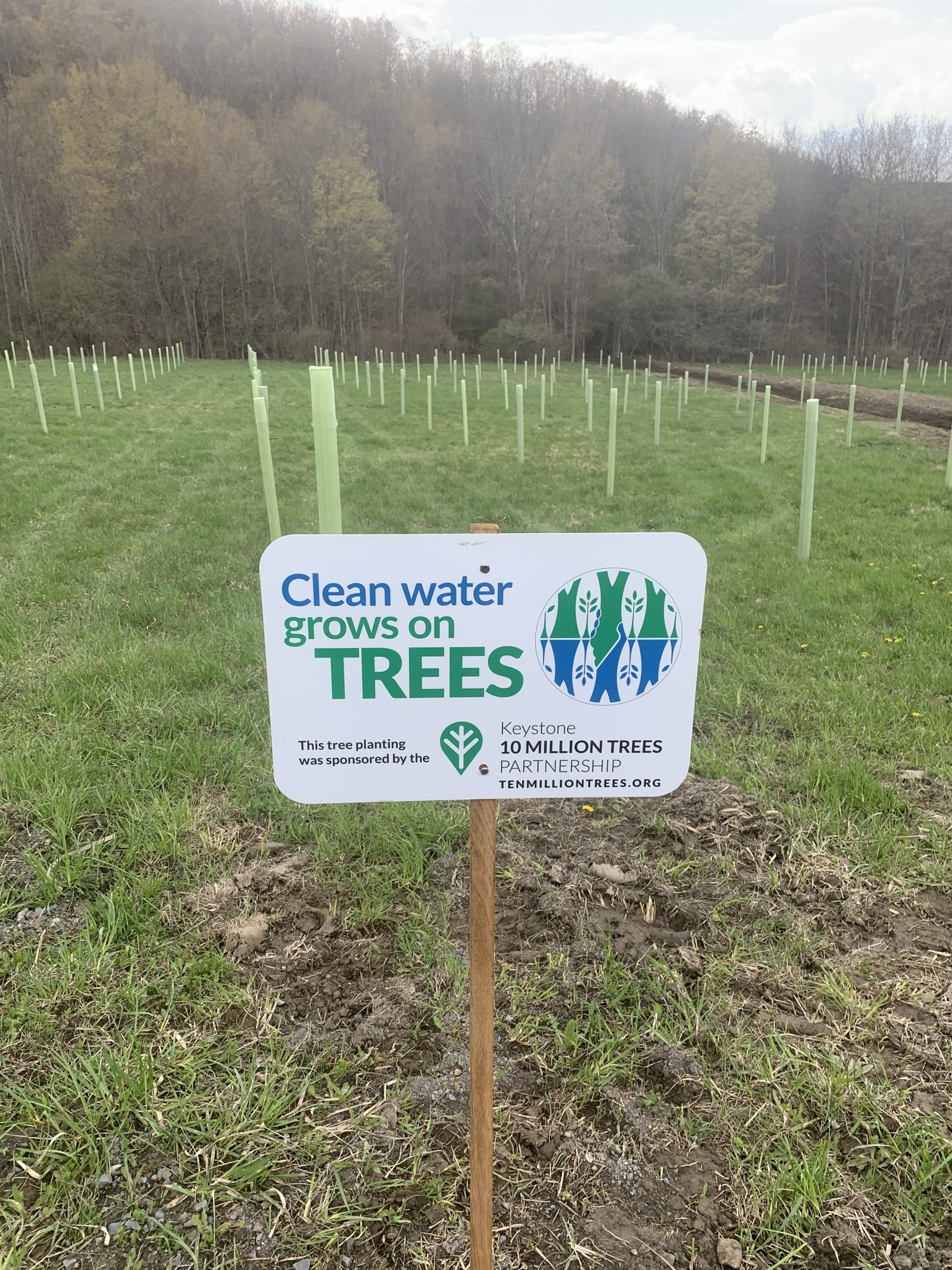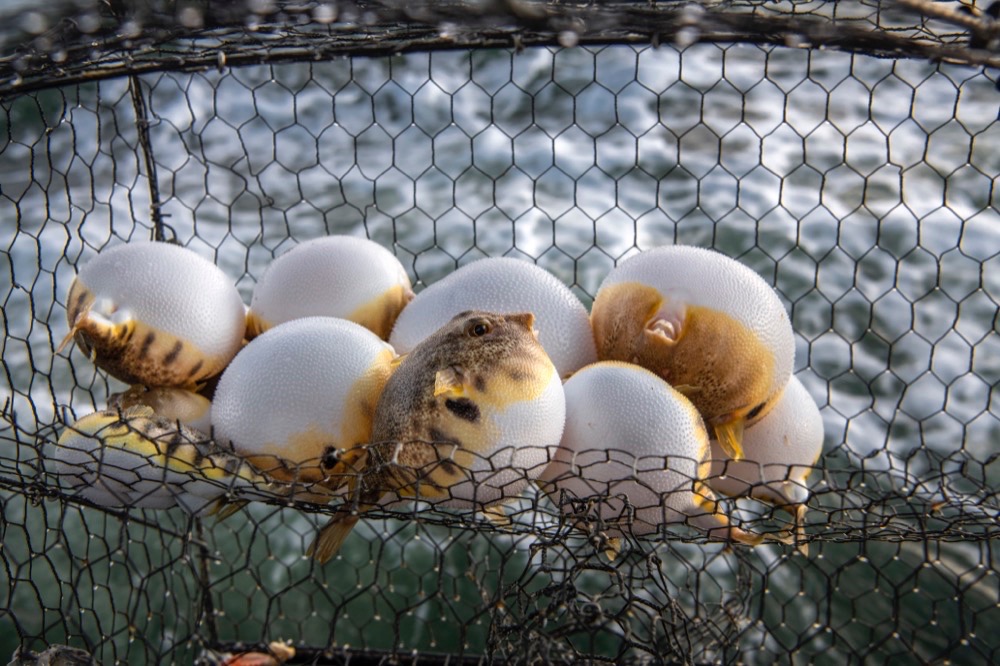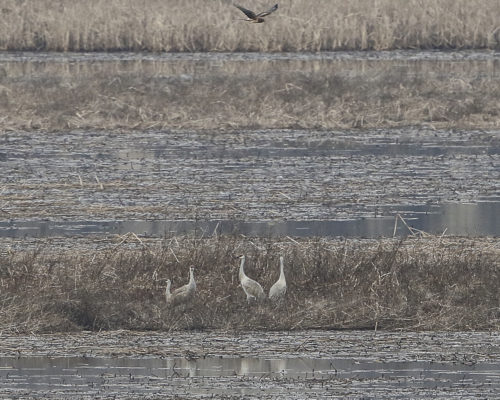They’re cheerful, they’re fun, and they’re deadly.
We were an hour south of the Patapsco, out for a long weekend aboard Luna, when I saw it: a glittery dagger of light out of place in the steady, leafy shimmer of the Bay.
Within minutes, I’d snagged it—a foil balloon, floating merrily, its string dangling like a lure down into the water. I stabbed it with a knife, strangled it with its own string into a walnut-sized ball, and stuffed it into Luna’s trashcan.
Over the years, I’ve sailed over 25,000 ocean miles, and uncountable miles more on the Chesapeake. On every bit of water I have sailed and on every beach I have walked, no matter how remote, I have found balloons. This summer, sailing from the Bay to Rhode Island, we saw so many that our daughter fashioned a harpoon by taping a knife to the boathook. One morning off Long Island, she and her brother speared 14 foil balloons and balloon “bouquets” within 10 minutes.
I presume the people who bought those balloons didn’t intend for them to become lethal litter. But that doesn’t change the grisly fact that these things kill countless marine animals and birds through entanglement and ingestion. Sea turtles, for instance, are found with the strings still protruding from their mouths; seen from below, the half-deflated balloons and their strings mimic jellyfish, a key pelagic turtle food source. Unable to regurgitate the toxic trash, they starve to death. Seabirds drown or strangle, entangled in the strings.
Foil balloons (sometimes called Mylar) are essentially plastic bags covered in metallic foil. They stay inflated, even partially, for years. Latex balloons degrade faster, but during the months they or their fragments drift, they end up in the guts of marine animals and birds.
It’s hard to quantify how many are out there. According to the National Oceanic and Atmospheric Administration’s Office of Response and Restoration, “In 2014, 236 volunteers found over 900 balloons in the Chincoteague National Wildlife Refuge in Virginia in a three-hour period. Recent surveys of remote islands on Virginia’s Eastern Shore documented up to 40 balloons per mile of beach.”
Volunteers with the International Coastal Cleanup collected nearly 94,000 balloons in one day in 2011—38,000 of them in the United States, almost 2,000 in New Jersey and 800 on Virginia beaches. From 2010 through 2014, ICC volunteers found 4,916 pieces of balloon litter in Virginia, over 3,000 of them on ocean beaches. Worldwide, the ICC estimates an average of 4.5 balloons per mile of beach. There’s no way to quantify how many tens of thousands of them are floating in the oceans.
Some people think that a balloon release is a great way to mark a special occasion. It’s vertical littering, no matter how you slice it, enough so that Virginia, California, Connecticut, Florida and Tennessee have banned the practice. Ocean City, Md., and Baltimore have also banned balloon releases.
Virginia is taking the lead on this problem. Supported by a grant from NOAA’s Marine Debris Program with a goal of lowering the number of mass balloon releases, Clean Virginia Waterways (CVW) of Longwood University has teamed up with the Virginia Coastal Zone Management Program to learn why people release balloons, educate them on the issue, and give them alternatives. Initially targeting wedding planners and brides-to-be because balloon releases are common at weddings, they will launch joyfulsendoff.com, a website that outlines a variety of affordable, fun alternatives to balloon launches.
“A lot of people said, ‘I never ever thought about where the balloons go after we let them go,’ ’’ says Katie Register, executive director of CVW. “A few people said they just thought they went up. So awareness is extremely important.”
In an effort to collect more data, CVW is also teaming up with the Virginia Aquarium and Marine Research Center on the Balloon Litter Study. Volunteers who find balloons are encouraged report the find—where, when, type of balloon and attachments—which the study will then use to quantify balloon trash.
Plastics and trash in the oceans are a worldwide problem, and the Chesapeake Bay is part of that world ocean. It’s easy to think there’s nothing you can do to stop it. But when it comes to balloons, we can try.
“It’s human-made trash where it shouldn’t be,” says Jason Rolfe, Mid-Atlantic regional coordinator
of NOAA’s Marine Debris Program. “That means if we made it we can fix it. It’s preventable.”




